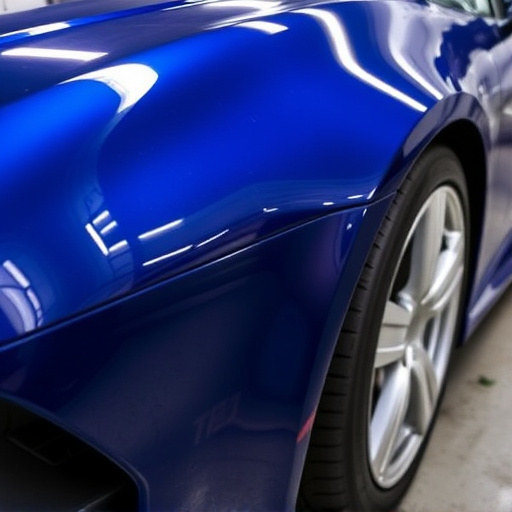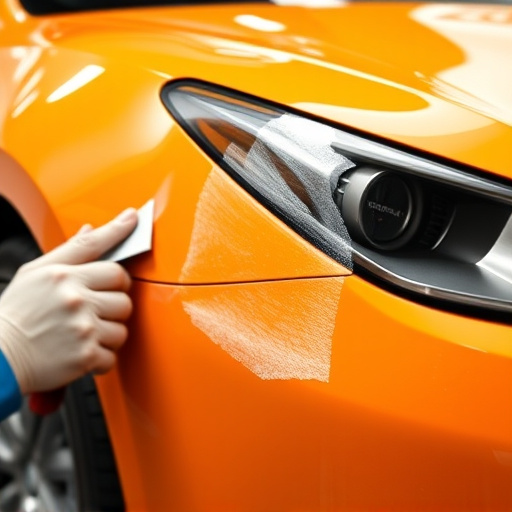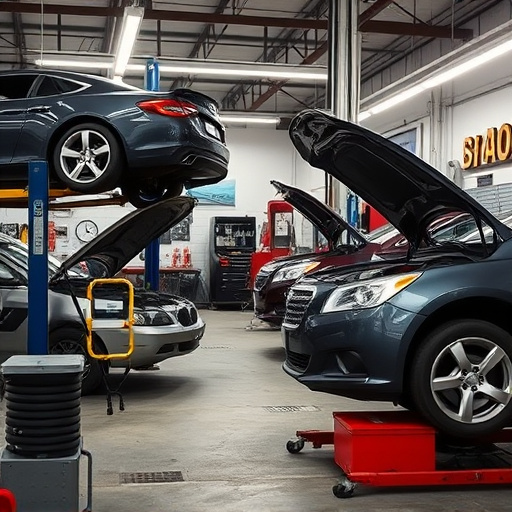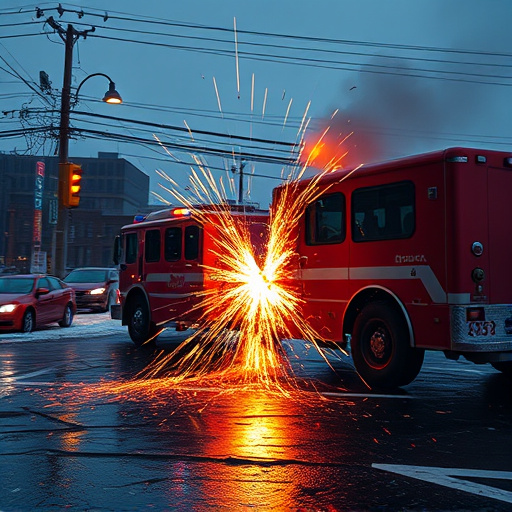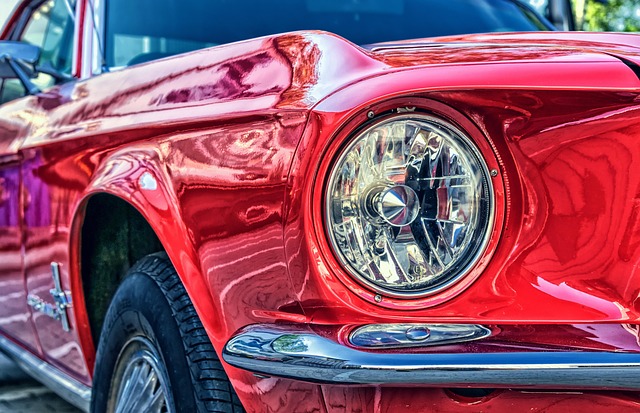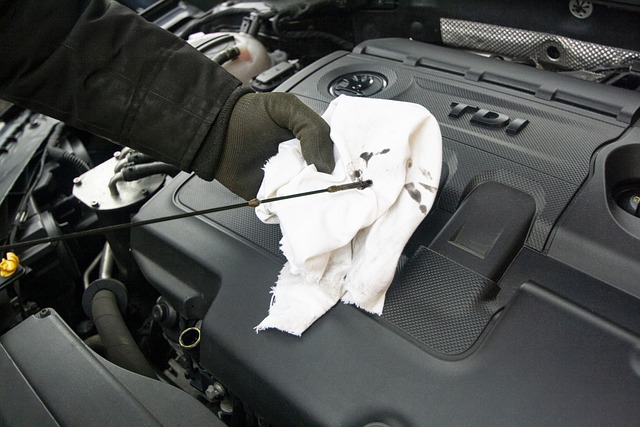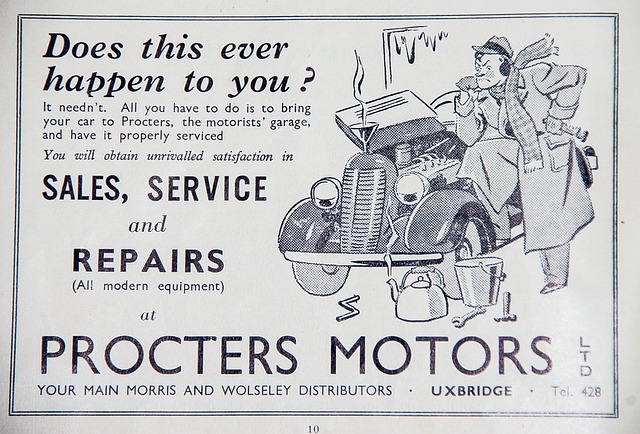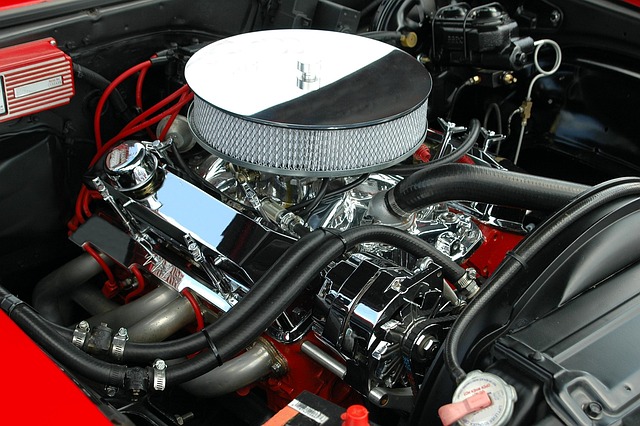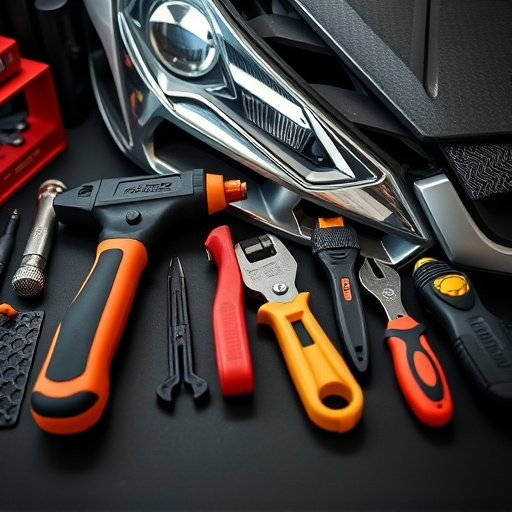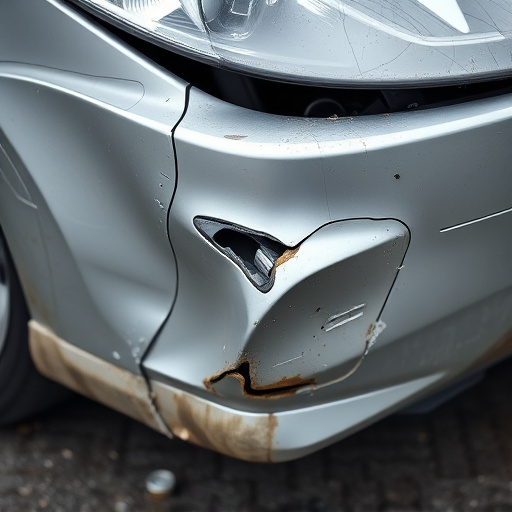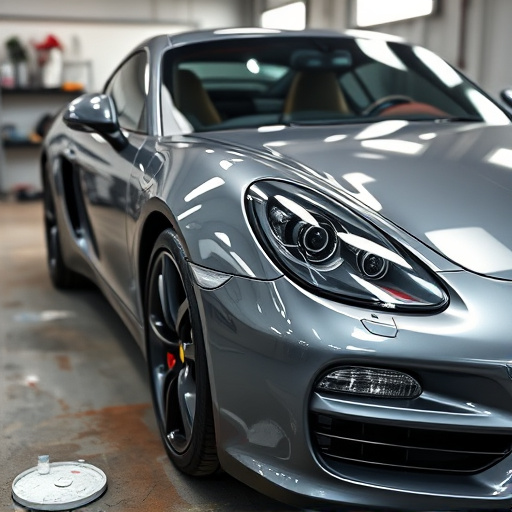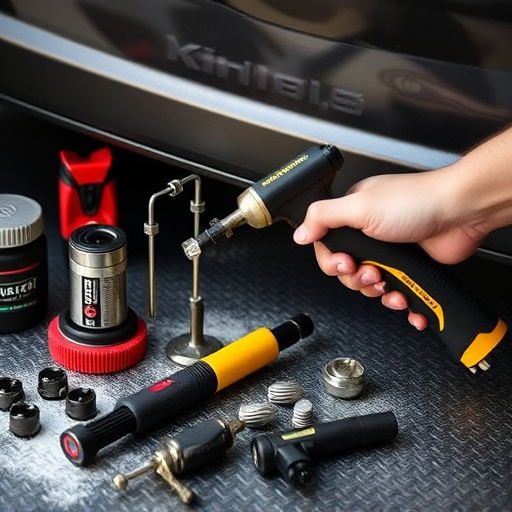Collision paint service meticulously restores damaged vehicles by first assessing and preparing panels, then cleaning, priming, and matching original car colors. Repair duration varies based on damage extent, panel size, shop workload, vehicle make, and part availability. Setting realistic turnaround times through open communication builds trust, with minor repairs typically taking 3-5 business days.
When your vehicle suffers a collision, quick and reliable collision paint service repairs are crucial. This article delves into the intricacies of the collision paint service process, breaks down factors influencing repair times, and offers insights on setting realistic expectations for turnaround. Understanding these elements ensures you’re well-informed when choosing a repair shop, helping you get back on the road safely and swiftly.
- Understanding the Collision Paint Service Process
- Factors Affecting Repair Time
- Setting Realistic Expectations for Turnaround Times
Understanding the Collision Paint Service Process
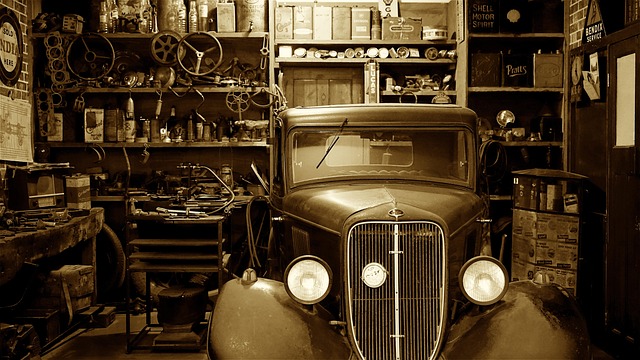
The collision paint service process involves several intricate steps designed to restore a damaged vehicle to its pre-accident condition. It begins with a thorough inspection to assess the extent of damage, including identifying dents, scratches, and other cosmetic issues. Once the scope of work is established, the affected panels are carefully removed for closer examination and preparation. This meticulous approach ensures that every imperfection is accurately addressed during the repair process.
After cleaning and priming, skilled technicians begin the car paint repair by matching the original color precisely. This involves mixing specialized paints to create a perfect shade match, taking into account factors like paint age and environmental conditions. The repainted panels are then reinstalled, ensuring seamless integration with the vehicle’s existing body structure. Through this comprehensive collision paint service, auto collision repair professionals not only fix structural damage but also enhance the overall aesthetics of the vehicle, effectively transforming it from damaged to restored.
Factors Affecting Repair Time
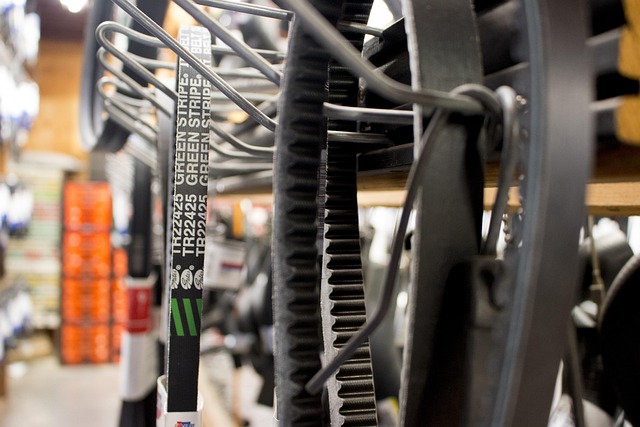
The duration of collision paint service repairs can vary significantly based on several factors. One key determinant is the extent of damage to the car’s bodywork; complex or extensive damage will naturally require more time for assessment, disassembly, repair, and reassembly. The size and type of panel being repaired also play a crucial role; larger panels like doors or fenders may take longer due to their complexity and the need for precise fitting.
Additionally, the collision repair shop’s workload and their proficiency in handling specific makes and models of vehicles can impact turnaround time. For instance, specialized Mercedes-Benz repairs might demand more meticulous work, influencing the overall duration. Furthermore, weather conditions and the availability of necessary parts can introduce delays; waiting for specific paint or replacement parts to arrive can significantly affect the scheduled repair timeline.
Setting Realistic Expectations for Turnaround Times
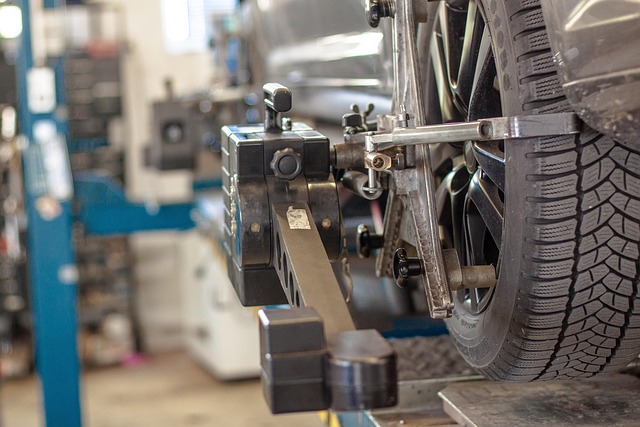
When it comes to collision paint service repairs, setting realistic expectations for turnaround times is essential for managing client hopes and ensuring satisfaction. Understanding that each car dent repair or auto painting job is unique can help. Variables such as the extent of damage, availability of parts, and shop workload can all influence the duration of the process.
Collision repair services professionals should communicate openly with clients about these factors to set appropriate expectations. Providing a general timeframe, like 3-5 business days for minor repairs, allows clients to plan accordingly while acknowledging that complex auto painting jobs might take slightly longer. Remember, transparency builds trust, and managing client expectations is crucial in the collision paint service industry.
When it comes to collision paint service repairs, understanding the process and setting realistic expectations are key. Depending on various factors such as the extent of damage, availability of parts, and shop workload, turnaround times can range from a few days to a week or more. By being informed about these variables, you can better navigate the collision paint service journey and ensure your vehicle is restored efficiently.
